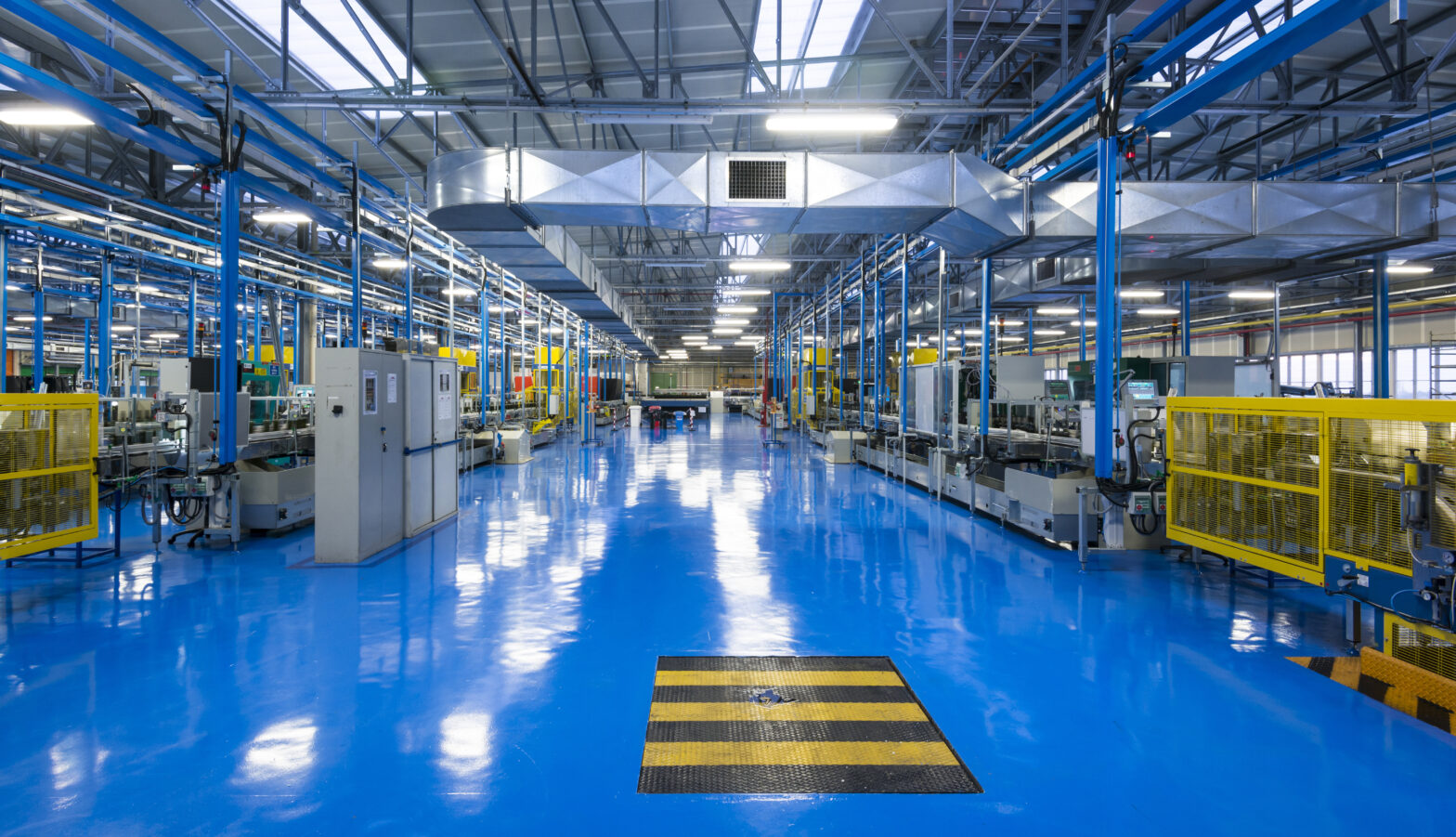Society and business are in the midst of the Fourth Industrial Revolution, where technologies like artificial intelligence (AI), the Internet of Things (IoT) and sensors are forcing manufacturers to redefine the way they do business.
Consumer preferences in this sharing economy are shifting from “ownership” to “access,” driving manufacturers to look for new revenue streams, based on selling outcomes and services instead of strictly selling products – a trend now referred to as servitisation.
Consumers have become accustomed to 24/7 service, access via any device and switching suppliers to obtain the purchase they want at the right time for the right price. This means that manufacturers cannot afford to keep customers waiting.
>See also: History will shine a ‘brilliant’ light on modern industrialisation
Furthermore, there is a shift towards access over ownership, for example, rather than owning a car, consumers are turning to long-lease car rental or using an organisation like Zipcar for one-off trips.
These changes are forcing manufacturers to move from a reactive, break-fix service model to one focused on maximising product uptime. New technologies such as sensors, IoT and machine learning enable the preemptive repair of equipment before it ever fails and manufacturing is leading the way in businesses adopting these technologies. Manufacturers now must focus – and sell – maximised product uptime, increased performance and many other service-related metrics.
Servitisation has a particular impact on after-sales service, or the service delivered after the initial sale of a product. Manufacturers that adapt to a service-centered mindset will ultimately improve financial performance and exceed customer expectations. Here’s how they can move with the servitisation wave:
Leveraging data via IoT
The shift to servitisation requires a new way of thinking that fundamentally changes how manufacturers should approach customers. And to move from strictly selling assets to an ongoing service model requires an updated technology infrastructure.
>See also: The UK Government’s industrial strategy and your service department
There is more data available than ever, and the number of sensor-equipped parts and products is only going to increase. Most manufacturers today are collecting data but are still unsure how to use it to their advantage.
Effective data management can only be achieved with new business processes and technologies. IoT is critical to collecting data and adopting this technology, and while a significant undertaking, is necessary for success.
Servitisation and Industry 4.0
Emerging technology is the biggest driver of the Fourth Industrial Revolution, or Industry 4.0, and manufacturers that successfully adopt machine learning technologies will succeed in shifting to a servitisation-focused business model. What’s the point of collecting all this data if you can’t use it effectively?
For example, the intertwined network of physical goods with sensors and software allows manufacturers to freely exchange data between the products they sell and their internal systems.
This helps both the manufacturer and end-customer – products built with ‘smart’ parts can send a signal to both the manufacturer and customer to alert them if a repair is needed and to schedule a service appointment.
>See also: Is the UK manufacturing sector prepared for Industry 4.0?
With a focus on maximising product uptime as the key to manufacturers’ success, IoT, artificial intelligence (AI), machine learning and predictive analytics are playing an increasing role in after-sales service and the broader supply chain. For example, an intelligent service parts management solution can automate inventory management and predict service needs, guaranteeing availability of required parts and reducing downtime.
With the goal of increasing service and optimising inventory, new data-driven processes will take into account existing stocks, local and global planned movements, variable lead times and replenishment planning policies.
Manufacturers that do not implement at least some machine learning and predictive technologies will be left behind. Proactive maintenance is the new profit lever and requires the integration of smart technologies to succeed.
Don’t underestimate the human element
With the shift to a data-driven business model, it’s also important to remember the human aspect of applying these new technologies and business practices. The workforce and talent side of business is an attainable way for organisations to hit their strategic goals, bringing improved customer experiences and operational advancements.
>See also: Business in Industry 4.0 – paving the way for change
For example, with these new technologies in place, such as a preemptive service parts management system, manufacturers can proactively ensure a needed part is available. However, this also requires a technician to repair the product quickly to alleviate any downtime. Technicians are the most customer-facing element of the business, so investing in staff will help manufacturers deliver the amazing experience customers are coming to expect.
Manufacturers must also consider the impact and influence of millennials – the most connected generation – in the workplace and as customers. This new wave of customers will expect and demand service agreements that guarantee maximised product uptime, so a service strategy that focuses on eliminating as much downtime as possible will improve customer satisfaction and loyalty, while also maximising revenue.
To succeed in a servitisation-focused world, manufacturers must reinvent their after-sales service organisations, adopting sophisticated solutions and new business processes to optimise service parts inventory levels and prices while maximising product uptime. These changes will not only lead to improvements in revenue, gross profits and operational efficiency, but also the overall customer experience.
Sourced by Gill Devine, VP for EMEA, Syncron










